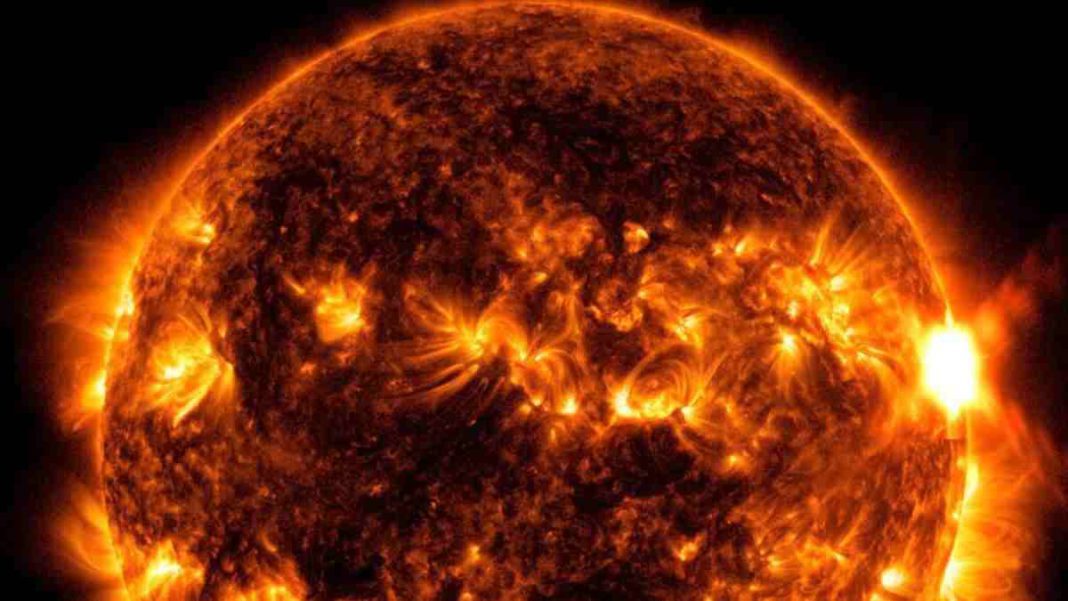FRANCE: A team of international researchers has unveiled evidence of an ancient, colossal solar storm that occurred approximately 14,300 years ago. Based on the analysis of well-preserved tree rings found in the French Alps, the revelation sheds light on the possible catastrophic impact of similar solar storms on our modern technological society.
This extraordinary revelation comes to us courtesy of scientists from esteemed institutions, including the Collège de France, CEREGE, IMBE, Aix-Marseille University, and the University of Leeds.
Their meticulous analysis of ancient tree rings, found along the banks of the Drouzet River in the Southern French Alps, has revealed a startling connection between past solar events and their ability to disrupt our technologically driven world.
The ancient clues
By delving into the individual tree rings, researchers could pinpoint an unknown radiocarbon spike, precisely dating back 14,300 years.
Further comparative analysis with beryllium measurements obtained from Greenland ice cores led the team to conclude that this anomaly resulted from an immense solar storm. The storm released enormous energetic particles into Earth’s atmosphere, dwarfing any previously identified solar events.
Modern implications
Edouard Bard, lead author of the study and Professor of Climate and Ocean Evolution at the Collège de France and CEREGE, emphasized the critical link between extreme solar events and radiocarbon production.
Bard underscored the potential for catastrophic consequences in our modern society, including the disruption of telecommunications, satellite systems, and electricity grids. Such disruptions could lead to billion-pound losses, highlighting the gravity of the situation.
Tim Heaton, a professor of Applied Statistics at the University of Leeds, reinforced these concerns, drawing attention to the potential permanent damage to transformers in electricity grids, satellites crucial for navigation and communication, and increased radiation risks to astronauts during superstorms.
The newly discovered 14,300-year-old solar storm dwarfs previously known solar events, including the Miyake Events, which have occurred nine times in the last 15,000 years but have never been directly observed instrumentally. This raises questions about the nature and frequency of these events.
Urgency of understanding
The study highlights the immediate necessity of comprehending and predicting extreme solar events to safeguard Earth’s communication and energy infrastructure.
Despite significant advancements in solar observation, there is still much to learn about the sun’s behaviour, the causes of these storms, and their predictability.
Uncharted timeline
Cécile Miramont, Associate Professor of Paleoenvironments and Paleoclimates at IMBE, Aix-en-Provence University, praised the exceptional discovery of well-preserved trees.
This discovery, made possible by dendrochronology, offers a previously unrecognized timeline of solar activity and insights into past environmental changes.
Also Read: Ancient Footprints in New Mexico Challenge Timeline of Human Presence in the Americas



